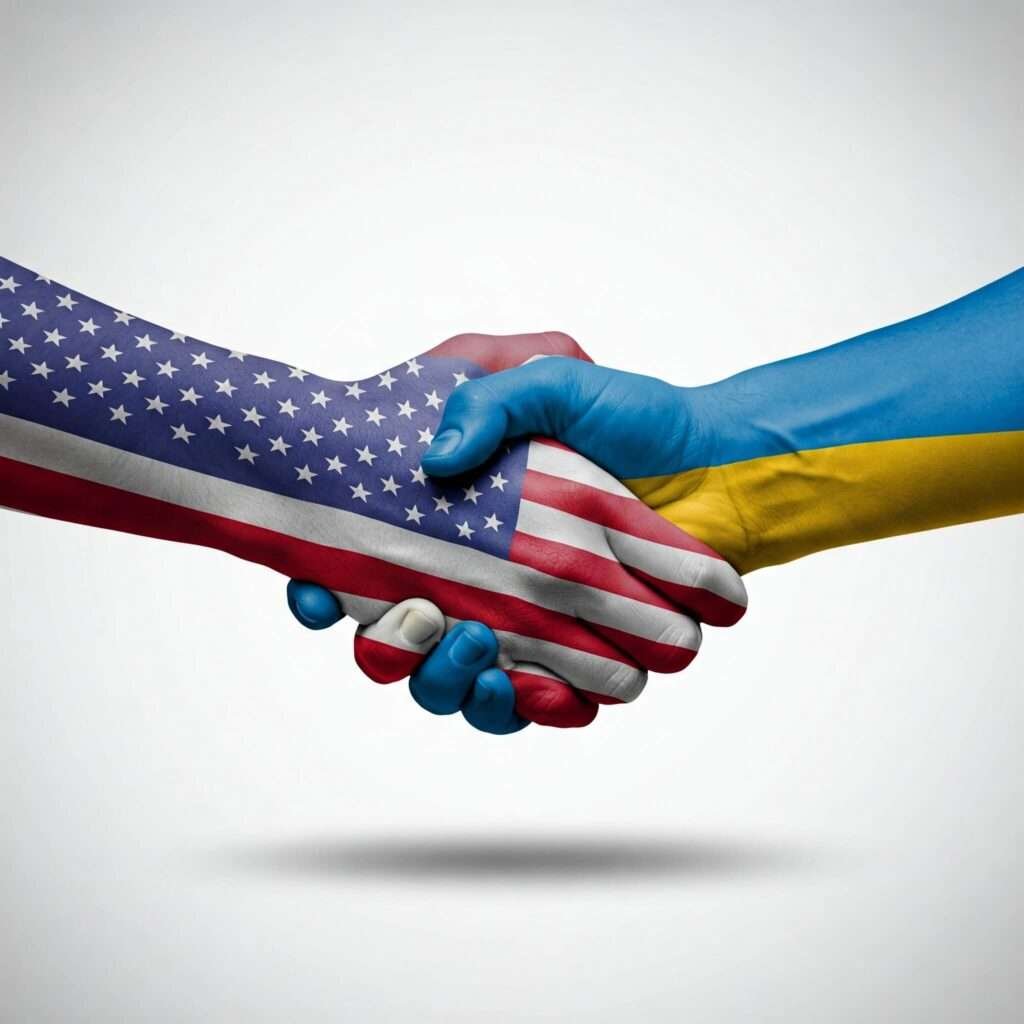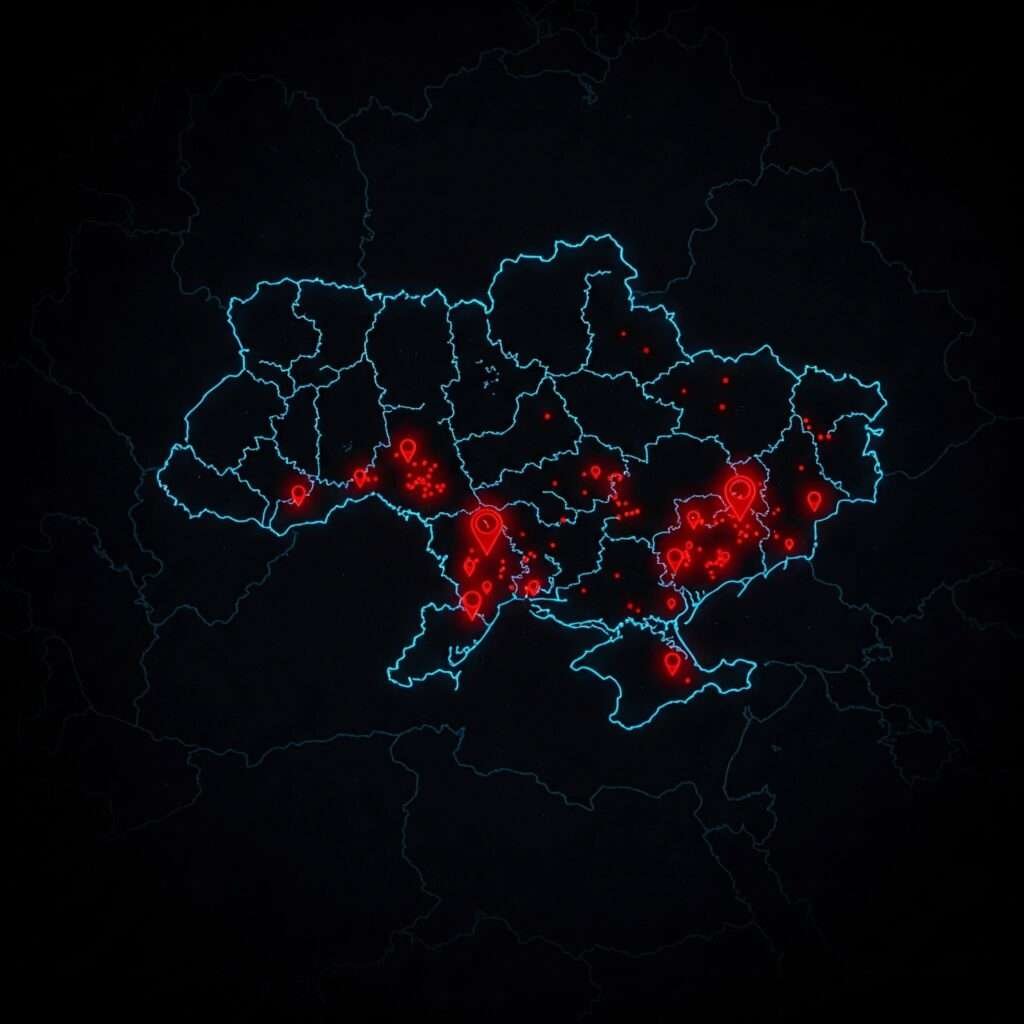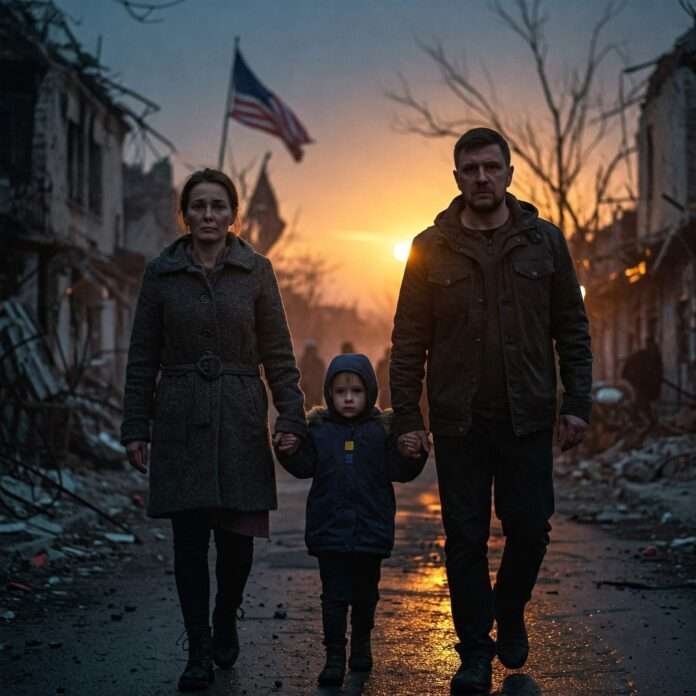The Russia-Ukraine war, now on day 1,174 as of May 14, 2025, has left a trail of destruction. According to a 2023 U.S. assessment, Russia suffered approximately 120,000 deaths and 170,000–180,000 injuries, while Ukraine reported 70,000 deaths and 100,000–120,000 injuries. More recent estimates are harder to verify, but the BBC reported in May 2025 that 2024 was Russia’s deadliest year, with at least 45,287 soldiers killed due to intensified tactics.
Civilians bear a heavy burden too. The United Nations notes a sharp rise in civilian deaths since ceasefire talks began, with Russian strikes killing more in 2025 than in the same period last year. A notable example is the April 24, 2025, attack on Kyiv, which killed at least 12 people and injured 90—the deadliest strike on the capital in nearly a year.
Why It Matters: These numbers aren’t just statistics—they represent families torn apart, communities destroyed, and futures lost. Understanding the human cost keeps us connected to the urgency of peace.

America’s Reaction: Support, Diplomacy, and Controversy
U.S. Support for Ukraine
America’s reaction to Ukraine war casualties has been multifaceted, blending humanitarian aid, military support, and economic partnerships. The U.S. has provided an estimated $175 billion in aid since the war began, a figure the Trump administration seeks to offset through a new minerals deal signed on May 1, 2025. This agreement, hailed by Treasury Secretary Scott Bessent, establishes a U.S.-Ukraine Reconstruction Investment Fund to support post-war recovery while signaling solidarity.
Public sentiment in the U.S. remains mixed. Many Americans support Ukraine’s fight for sovereignty, moved by stories of resilience, like the 277 Ukrainian prisoners of war freed in a recent swap. Others, however, question the cost, with Deputy Chief of Staff Stephen Miller framing the minerals deal as “repayment” for U.S. taxpayers.
Takeaway: Stay informed by following credible sources like Al Jazeera or The New York Times for balanced updates on U.S. involvement.

Diplomatic Efforts and Ceasefire Talks
The U.S. has pushed for a ceasefire, but tensions persist. In April 2025, President Trump proposed freezing the frontlines, a plan Ukraine rejected for ceding too much territory. Secretary of State Marco Rubio warned that the U.S. might “move on” if progress stalls, while Vice President JD Vance expressed cautious optimism.
A notable shift came with the minerals deal, which some see as a strategic move to strengthen U.S. leverage in peace talks. However, Russia’s concerns about losing its edge suggest the deal could complicate negotiations.
Actionable Tip: Engage with primary sources like Reuters to understand the nuances of U.S. diplomacy without media spin.
The Global Ripple Effects of Ukraine War Casualties
Civilian Safety and Humanitarian Crises Ukraine War Casualties
The human cost extends beyond casualties. Russian strikes have made life riskier for Ukrainian civilians, with the UN reporting increased attacks since ceasefire talks began. For example, Ukraine’s March 11, 2025, drone assault on Moscow—the largest of the war—underscored the escalating stakes.
Humanitarian organizations face challenges delivering aid amidst ongoing fighting. You can support by donating to reputable groups like the International Red Cross.
Geopolitical Tensions Ukraine War Casualties
The war’s toll influences global alliances. North Korea’s involvement, with troops fighting alongside Russia, has drawn U.S. criticism, while China’s alleged arms support for Russia complicates matters. America’s minerals deal with Ukraine, ratified on May 8, 2025, aims to counter Russian influence but risks escalating economic sanctions debates.
Key Insight: The war’s human cost drives geopolitical shifts, affecting everything from energy prices to NATO’s role. Stay curious about how these changes impact your world.

How to Stay Informed and Make a Difference
The Ukraine war casualties demand our attention, but navigating the flood of news can be overwhelming. Here’s how to stay engaged:
- Follow Trusted Sources: Rely on outlets like BBC or The Guardian for verified updates.
- Support Humanitarian Efforts: Contribute to organizations aiding Ukrainian civilians, such as UNICEF.
- Engage in Discussions: Share informed opinions on platforms like X to raise awareness, but verify facts first.
- Monitor U.S. Policy: Track statements from officials like Scott Bessent or Marco Rubio to understand America’s reaction.
Pro Tip: Use tools like Google News alerts for “Ukraine war casualties” to get real-time updates without falling into misinformation traps.
Conclusion: A Call for Awareness and Action
The human cost of the Ukraine war is a stark reminder of the stakes in this conflict. As casualties mount, America’s reaction—through aid, diplomacy, and economic deals—shapes the path to peace. By staying informed, supporting humanitarian efforts, and engaging thoughtfully, you can contribute to a more compassionate world.
What’s your take on America’s role in the Ukraine conflict? Share your thoughts in the comments or on X, and let’s keep the conversation going.




























